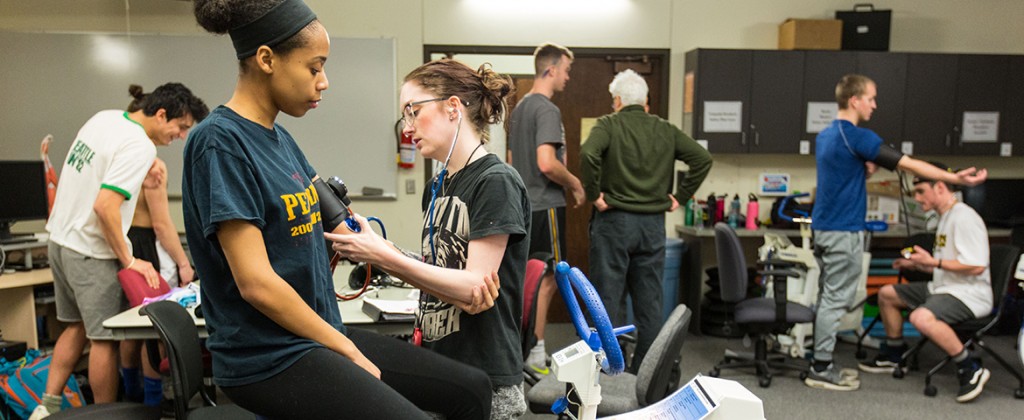Page 79 • (1,270 results in 0.03 seconds)
-
and their families, and the employee affinity groups that strengthen and support our diversity. The U.S. Department of State is committed to the principles of diversity, equity, inclusion, and accessibility for our employees, in the conduct of diplomacy, and in serving the American people. A diverse workforce is a national security asset. STEM professionals are critical to safeguarding our facilities, information, and people. They manage the design, construction, operation, and maintenance of more
-
, and, together with the Governance Committee, helps to coordinate faculty governance.Faculty Executive Officers and Representative to the Board of RegentsName: Amy Young (youngam@plu.edu) – Chair of Faculty Department: Communication, Media and Design Arts Seat: Expires 2026 Contact: 253-536-5165 Name: Oksana Ezhokina (ejokinoa@plu.edu) – Vice Chair of Faculty Department: Music, Theatre & Dance Seat: Expires 2026 Contact: 253-535-7604 Name: Rick Barot (barotrp@plu.edu) – Secretary of
-

to others, improve my communication skills, and even appreciate art and design as an aspect of marketing and product development. We all know that it is important to consider the outcome of academic programs when we are students. How will these majors and minors actually help us after we graduate? The Innovation Studies minor has been built from the ground up with these considerations in mind. After all, Innovation is a vital component of working life here in the Pacific Northwest, from Boeing to
-

a person who’s working on graphic design,” Halvorson said. “But maybe you don’t regularly meet with business or computer science students, and you want to develop a broader range of entrepreneurial skills. The Innovation Studies program is meant to help you achieve the career and leadership goals that you want out of your art program.” The minor embraces creativity and big ideas while leaning into skill-building, providing a toolbox for students to delve into once they’ve completed their
-

, coaches, trainers — people who are already in the field that would benefit from having a graduate degree — able to do this program,” McConnell said. “That’s also why some of the classes have the hybrid design, because we know it’s unrealistic for working people to want to come to campus more than once a week. So we’re trying to create that reality for them.” /* fix for jQuery UI library issues when using the date picker popup */ jQuery.browser = {}; (function () { jQuery.browser.msie = false
-
their education.Course RequirementsWhile the faculty offer a wide range of expertise, and one can design a major or minor to fit with one’s interests, we would like to highlight the opportunity to design a program with special emphasis in Applied Ethics and Social Philosophy. Courses that support this emphasis include: Ethics and the Good Life; Biomedical Ethics; Health Care Ethics and Policy; Business Ethics; Social and Political Philosophy; Philosophical Issues in the Law; Philosophy, Animals, and
-
a firm grasp on research design and methods. This advantage of a sociology major provides breadth and the potential for adaptability. Sociology majors who are interested in crime and deviance gravitate toward careers in law, law enforcement, and victim advocacy. Students who especially enjoy research design, statistics, and data analysis seek positions in marketing, assessment, public relations, and organizational research. Courses in race/ethnicity, social stratification, and global studies can
-
. Preparation for provision of quality cost-effective care, participation in the design and implementation of care, and assumption of the leadership role in managing resources. (3) (3 credits didactic) GNUR 527 : Evaluation & Outcomes Research Preparation for the critique and use of new knowledge to provide, change, and evaluate advanced nursing practice focused on client-centered, clinically-demonstrable care. (3) (3 credits didactic) GNUR 530 : Resource Management Management of resources in the planning
-
mountains. She earned an MS in resource conservation and a PhD in organismic biology and ecology from The University of Montana in Missoula, specializing in the dynamics of positive interactions among animal and plant life. With a background in biology, a devotion to applied natural history, and a passion for sharing the wonders of nature with others, Dayna has worked in the field of biomimicry with business partner Janine Benyus since 1998 as a business catalyst, educator, researcher, and design
-
with regional and international news outlets along with corporate clients. Way back when — in 1977 — John graduated from Ohio University with a B.F.A. in photography and an emphasis on photojournalism. John mostly spent his working life as a photojournalist with newspapers or news agencies. Simon Sung, executive creative director Simon Sung graduated in 1990 from the University of Washington. During his tenure in the design field he has worked for various clients including Simon and Schuster
Do you have any feedback for us? If so, feel free to use our Feedback Form.


